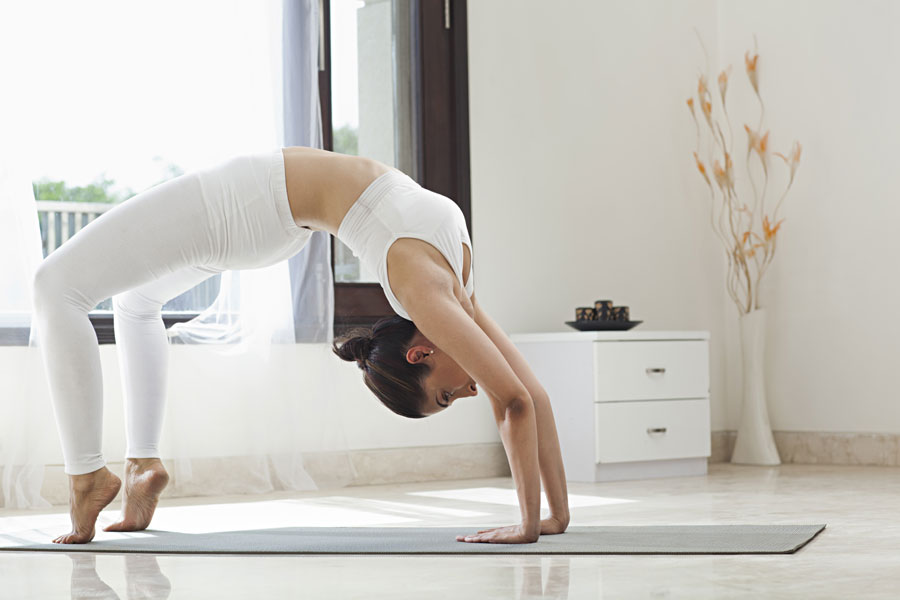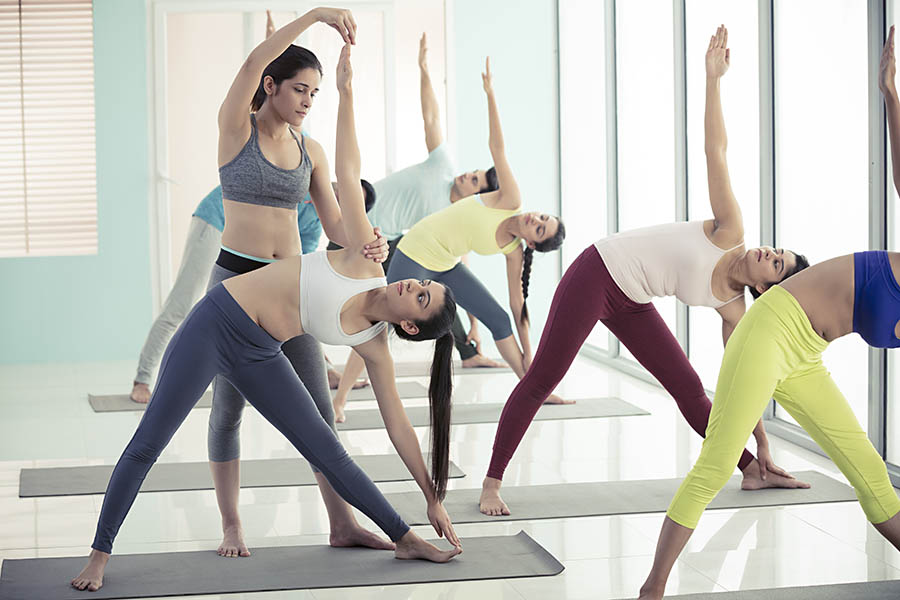WHAT IS URDHVA DHANURASANA?
The Urdhva Dhanurasana is a backbend and furthermore an asana that structures a piece of the trailing off activities in an Ashtanga Yoga routine. It is likewise called the Chakrasana or the Wheel Pose, aside from being known as the Upward Facing Bow Pose. At the point when the posture is accepted, it takes after a wheel or an upward confronting bow.
it likewise reinforces your spine, opens the chest, and improves your spinal adaptability notwithstanding invigorating your thyroid. This posture carries numerous advantages to your body, for example, the alleviation from stress, tension, a sleeping disorder and it can help with sadness. At the point when done as a piece of an aerobatic or a gymnastic everyday practice, it is known as the back extension.

BENEFITS OF URDVA DHANURASANA :-
♦ Reinforces liver, pancreas and kidneys.
♦ Superb for heart.
♦ Useful for barrenness, asthma and osteoporosis.
♦ Reinforces arms, shoulders, hands, wrists and legs.
♦ Stretches the chest and lungs
♦ Fortifies the arms and wrists, legs, hindquarters, stomach area, and spine.
♦ Animates the thyroid and pituitary organs.
♦ Builds vitality and checks sadness.
♦ This asana likewise invigorates your legs, stomach area, rump, spine, shoulder bones, glutes, hamstrings, lower back, wrists, and arms.
♦ It fixes fruitlessness, asthma, and osteoporosis.
♦ It likewise soothes pressure and diminishes despondency, and causes you to feel vivacious and brimming with life.
URDHVA DHANURASANA INSTRUCTIONS:-
♦ Come to lie on your back
♦ Curve your knees, bringing the bottoms of your feet onto your tangle near the hindquarters. Reach down with your fingertips and ensure that you can simply brush your heels. The feet ought to be equal and hips' separation separated.
♦ Curve your elbows and bring the palms of your hands underneath your shoulders with the fingertips pointing towards your feet.
♦ Breathe in and push down into your palms and your feet as you lift your shoulders and hips up off the floor. Try not to squeeze as far as possible up yet.
♦ Carry the crown of your head to the tangle. Delay here for a minute as you ensure that your elbows are remaining equal and not spreading out to the sides.
♦ Fix your arms as you lift your head off the floor.
♦ Try to keep your feet equal and knees in accordance with your feet.
♦ Arrive at your chest towards the divider behind you.
♦ Start to fix your legs.
♦ To descend, fold your jawline into your chest and drop down gradually.
♦ Rest, permitting the knees to thump together.






